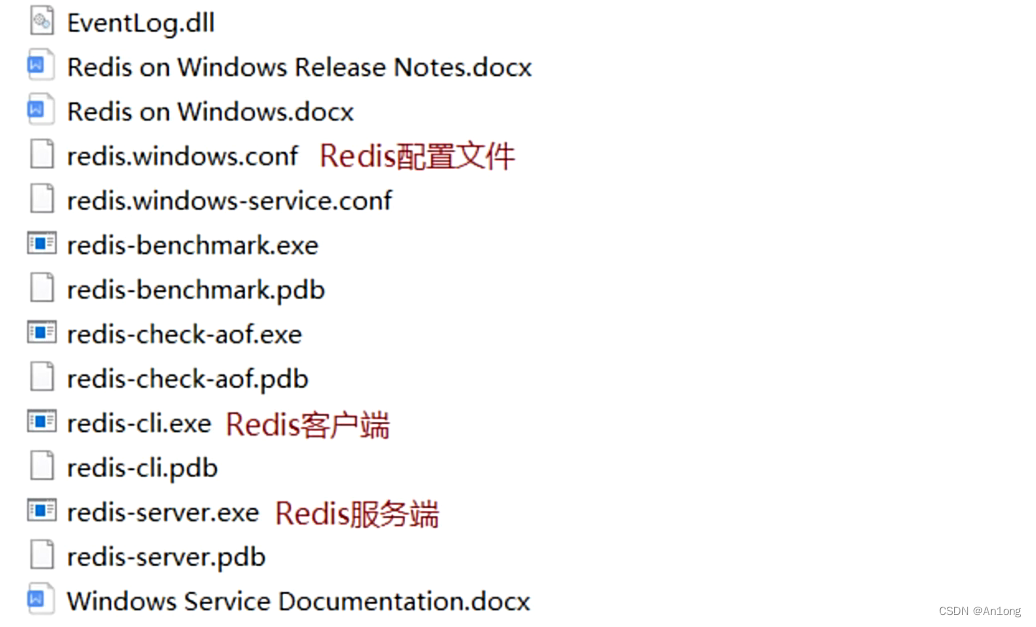装饰器模式(Decorator Pattern)是一种结构型设计模式,它允许在不改变原有对象结构的情况下,动态地给对象添加额外的功能。装饰模式通过创建一个包装器(装饰器)来包裹原有对象,并在保持接口一致性的前提下,增加新的行为或修改原有行为。
装饰器模式特性
- 继承或实现相同的接口:装饰器和原始对象实现相同的接口或继承相同的基类,使得客户端可以透明地使用装饰器。
- 动态添加功能:通过创建不同的装饰器类,可以动态地给对象添加额外的功能。
- 透明性:对于客户端来说,无需关心具体使用了哪些装饰器,只需要与原始对象进行交互。
应用示例
以下是一个简单示例,展示了如何使用装饰模式给对象添加额外的功能:
// 定义原始对象接口
class Component {
operation() {
// 执行原始操作
}
}
// 定义具体原始对象类
class ConcreteComponent extends Component {
operation() {
console.log("Executing original operation.");
}
}
// 定义装饰器类
class Decorator extends Component {
constructor(component) {
super();
this.component = component;
}
operation() {
this.component.operation();
// 执行额外的操作
console.log("Executing additional operation.");
}
}
// 使用示例
const component = new ConcreteComponent();
component.operation(); // 输出: "Executing original operation."
const decoratedComponent = new Decorator(component);
decoratedComponent.operation(); // 输出: "Executing original operation." 和 "Executing additional operation."
在上述示例中,我们定义了一个原始对象接口Component和具体原始对象类ConcreteComponent。然后,我们定义了一个装饰器类Decorator,它继承自Component并持有对原始对象的引用。在装饰器的operation方法中,我们首先调用原始对象的操作,然后执行额外的操作。
在前端开发中,装饰模式常用于以下场景:
动态添加功能
当需要在不改变原有代码结构的情况下,给对象添加新功能时,可以使用装饰模式。例如,在UI组件中动态添加样式、事件处理等功能。
// 定义原始UI组件类
class UIComponent {
render() {
// 渲染UI组件
console.log("Rendering UI component.");
}
}
// 定义样式装饰器类
class StyleDecorator extends UIComponent {
constructor(component, style) {
super();
this.component = component;
this.style = style;
}
render() {
this.component.render();
// 添加样式
console.log(`Adding style: ${
this.style}`);
}
}
// 定义事件处理装饰器类
class EventDecorator extends UIComponent {
constructor(component, event) {
super();
this.component = component;
this.event = event;
}
render() {
this.component.render();
// 添加事件处理
console.log(`Adding event: ${
this.event}`);
}
}
// 使用示例
const uiComponent = new UIComponent();
uiComponent.render(); // 输出: "Rendering UI component."
const styledComponent = new StyleDecorator(uiComponent, "color: red;");
styledComponent.render(); // 输出: "Rendering UI component." 和 "Adding style: color: red;"
const eventfulComponent = new EventDecorator(uiComponent, "click");
eventfulComponent.render(); // 输出: "Rendering UI component." 和 "Adding event: click"
首先,我们定义了一个原始的UI组件类UIComponent,它有一个render方法用于渲染UI组件。
然后,我们定义了两个装饰器类StyleDecorator和EventDecorator,它们继承自UIComponent并持有对原始组件的引用。
在装饰器的render方法中,首先调用原始组件的渲染方法,然后添加额外的样式或事件处理。通过创建不同的装饰器对象并调用其render方法,我们可以动态地给UI组件添加样式和事件处理功能。
动态修改行为
当需要在不修改原有行为代码的情况下,修改对象的行为时,可以使用装饰模式。例如,在数据请求中动态添加缓存、日志记录等功能。
// 定义原始数据请求类
class DataRequest {
fetchData(url) {
// 发送数据请求并返回结果
console.log(`Fetching data from ${
url}`);
return `Data from ${
url}`;
}
}
// 定义缓存装饰器类
class CacheDecorator extends DataRequest {
constructor(dataRequest) {
super();
this.dataRequest = dataRequest;
this.cache = {
};
}
fetchData(url) {
if (this.cache[url]) {
console.log(`Fetching data from cache for ${
url}`);
return this.cache[url];
} else {
const data = this.dataRequest.fetchData(url);
this.cache[url] = data;
return data;
}
}
}
// 定义日志记录装饰器类
class LogDecorator extends DataRequest {
constructor(dataRequest) {
super();
this.dataRequest = dataRequest;
}
fetchData(url) {
console.log(`Fetching data from ${
url}`);
const data = this.dataRequest.fetchData(url);
console.log(`Data fetched: ${
data}`);
return data;
}
}
// 使用示例
const dataRequest = new DataRequest();
dataRequest.fetchData("https://api.example.com/data"); // 输出: "Fetching data from https://api.example.com/data"
const cachedDataRequest = new CacheDecorator(dataRequest);
cachedDataRequest.fetchData("https://api.example.com/data"); // 输出: "Fetching data from https://api.example.com/data"
cachedDataRequest.fetchData("https://api.example.com/data"); // 输出: "Fetching data from cache for https://api.example.com/data"
const loggedDataRequest = new LogDecorator(dataRequest);
loggedDataRequest.fetchData("https://api.example.com/data"); // 输出: "Fetching data from https://api.example.com/data" 和 "Data fetched: Data from https://api.example.com/data"
首先,我们定义了一个原始的数据请求类DataRequest,它有一个fetchData方法用于发送数据请求并返回结果。
然后,我们定义了两个装饰器类CacheDecorator和LogDecorator,它们继承自DataRequest并持有对原始请求对象的引用。
在装饰器的 fetchData 方法中,首先检查缓存是否存在请求结果,并返回缓存数据;如果缓存不存在,则调用原始请求对象的 fetchData 方法获取数据,并进行相应的缓存或日志记录操作。通过创建不同的装饰器对象并调用其 fetchData 方法,我们可以动态地给数据请求添加缓存。
优缺点
优点
- 可以动态地给对象添加额外的功能,而无需修改原有代码。
- 可以透明地使用装饰器和原始对象,客户端无需关心具体使用了哪些装饰器。
- 提供了一种灵活的方式来扩展对象的功能,遵循开闭原则。
缺点
- 可能会导致类的数量增加,增加了代码复杂性。
- 对于复杂的装饰器链,调试和排查问题可能会变得困难。
总结
装饰器模式是一种常用的设计模式,在前端开发中有广泛应用。它通过动态地给对象添加额外的功能,而无需修改原有代码,实现了对象功能的扩展和修改。通过使用装饰器模式,可以提高代码的可维护性、可扩展性和灵活性。然而,需要根据具体情况权衡使用装饰器模式所带来的优缺点。


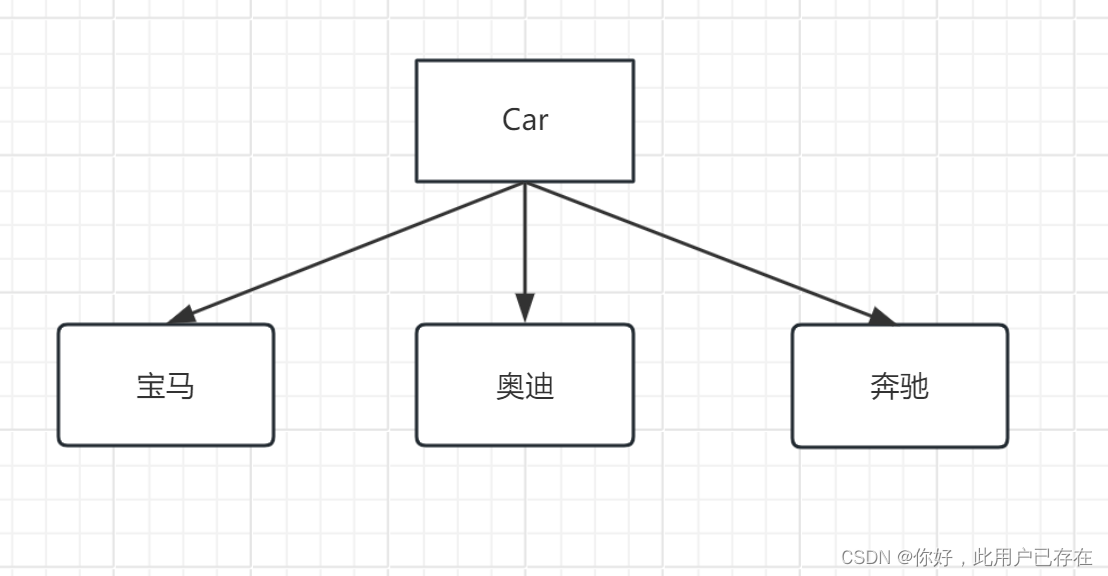























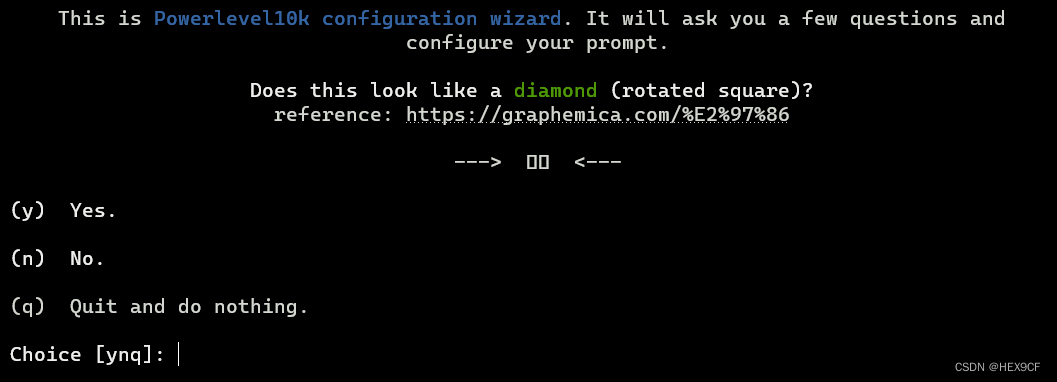


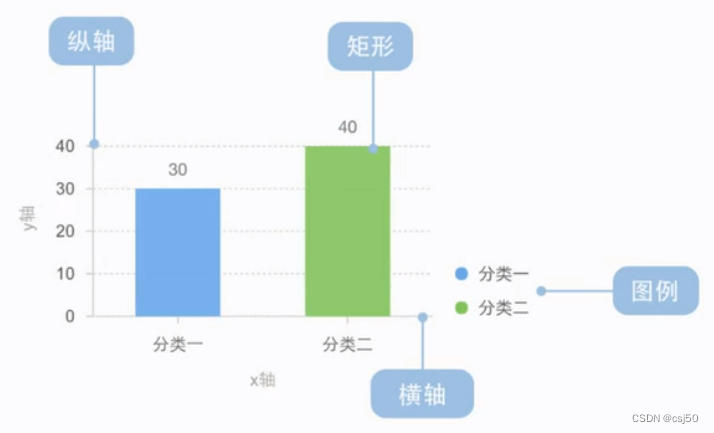
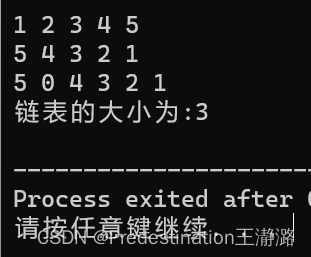

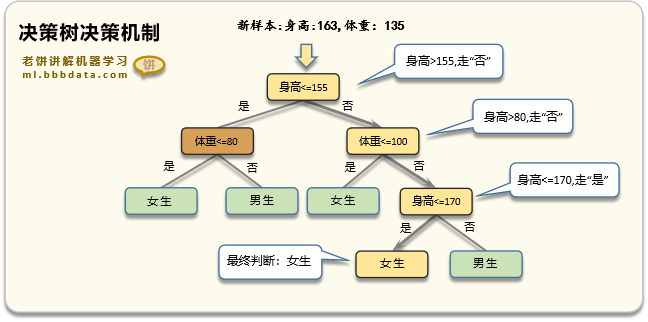


![[足式机器人]Part4 南科大高等机器人控制课 Ch02 Rigid Body Configuration and Velocity](https://img-blog.csdnimg.cn/direct/8e0a012fc5aa40c6b7441fca86d15b26.png)



![[足式机器人]Part2 Dr. CAN学习笔记-数学基础Ch0-6复数Complex Number](https://img-blog.csdnimg.cn/direct/6f01c99612214b3fb67870a43d51abb8.png#pic_center)


